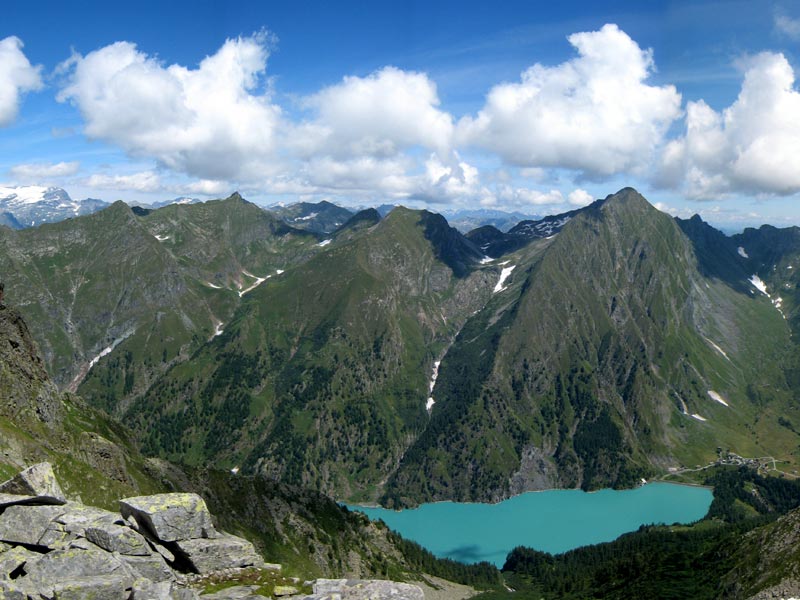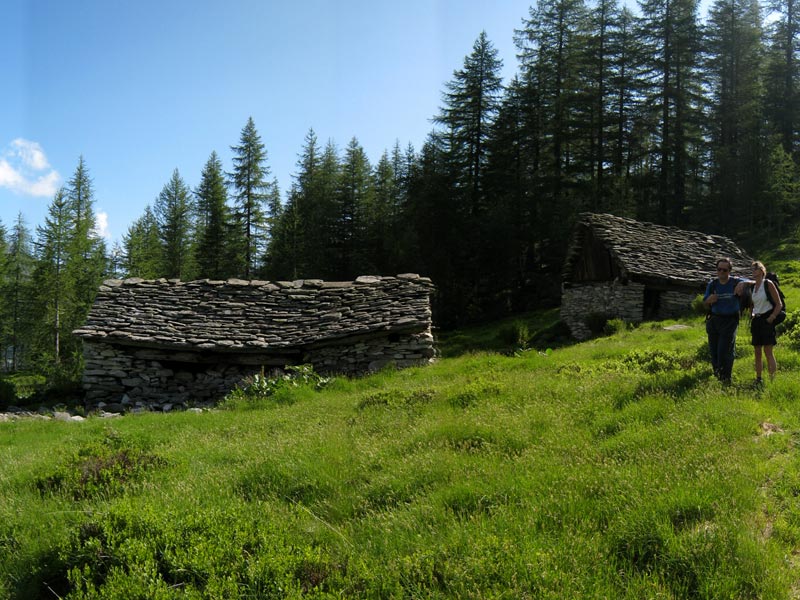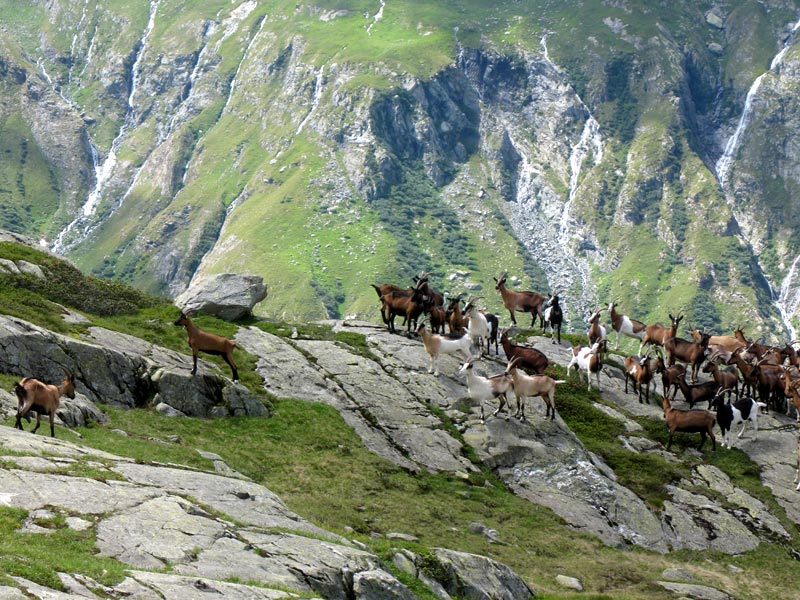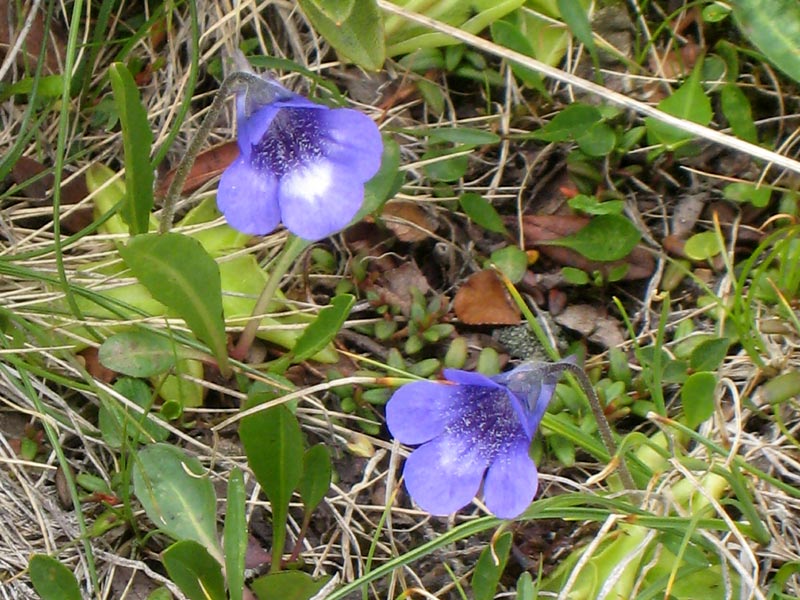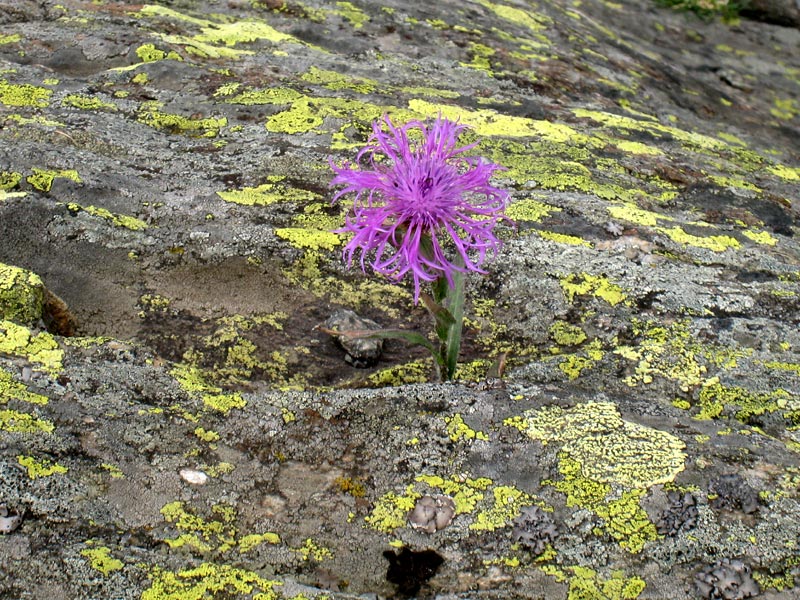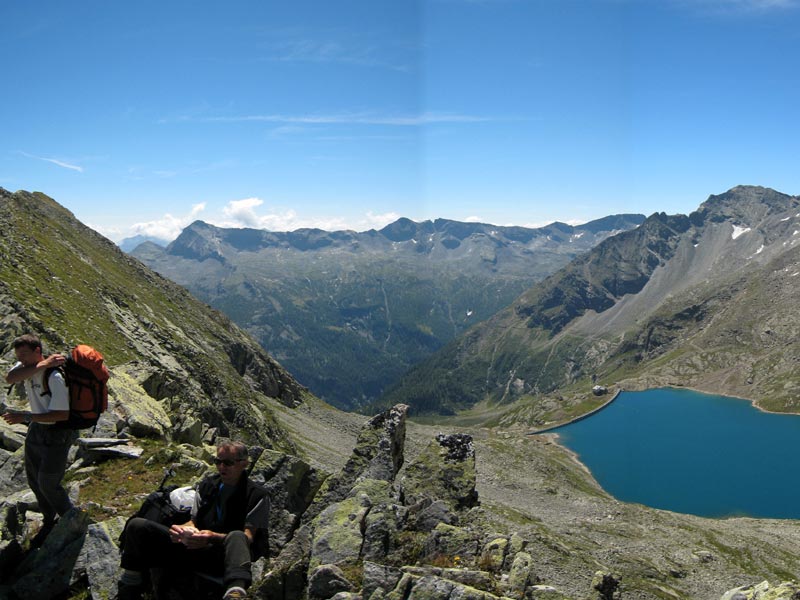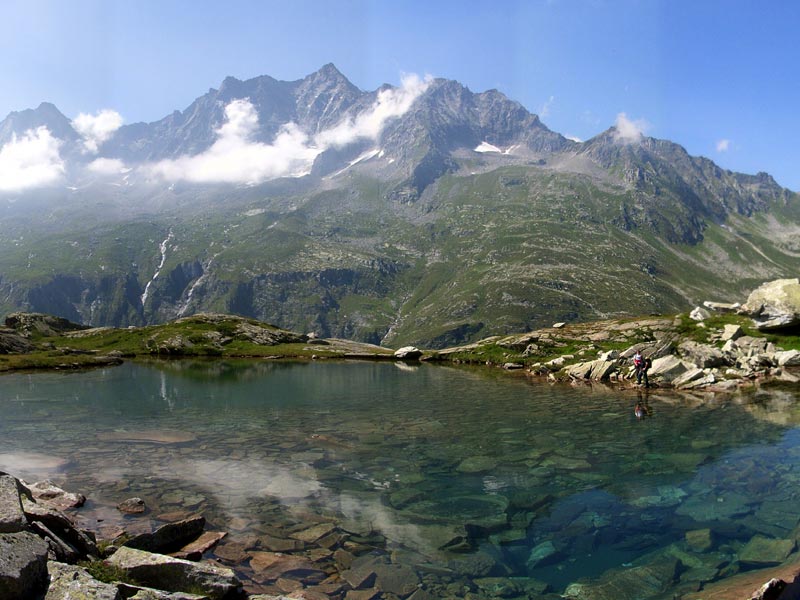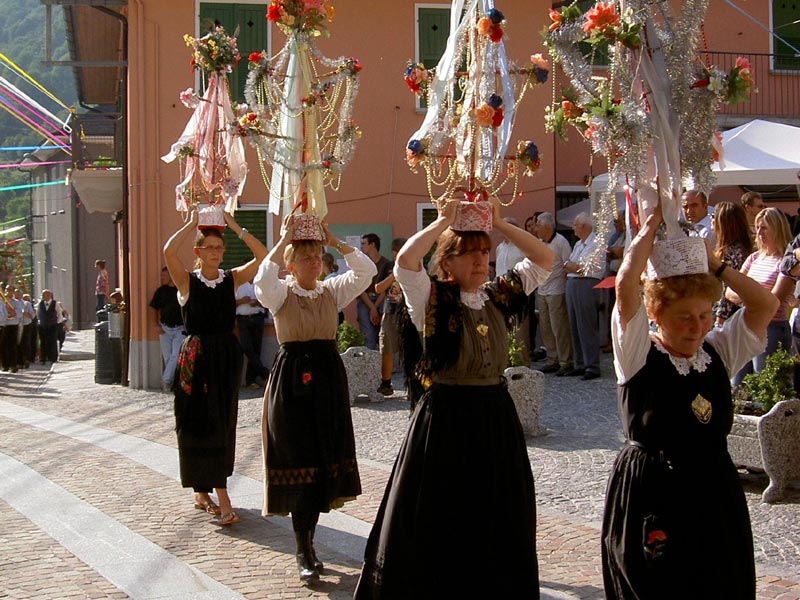Protected Area
Identity Card
- Land Surface Area: 7'435.00 ha
- Lower altitude (m): 500
- Higher altitude (m): 3'656
- Regions: Piemonte
- Provinces: Verbano-Cusio-Ossola
- Municipalities: Antrona Schieranco, Borgomezzavalle
- Establishment Measures: L.R. n. 33 22/12/2009
- Park Authority: Ente di Gestione delle Aree Protette dell'Ossola
Antrona Valley
Isolated, lonesome, rough, wild... These and other adjectives are used in mountain literature to define Antrona Valley.
Adequate adjectives to describe a valley that has preserved, more than others in the Alps, a still intact natural environment where the signs of the human presence are all in all modest. And yet, it is an ancient valley, where the human presence has strengthened over the centuries thanks to an intense mining activity (gold in the upper valley and iron in Brevettola Valley). More recently, in the first half of the latest century, the hydroelectric colonization in the upper valley with the network of the five lakes (Antrona, Campliccioli, Cingino, Camposecco, and Bacino dei Cavalli). A crown of rough and severe mountains surrounds the hydrographic basin of the stream Ovesca. We are in the district of eastern Pennine Alps: it is a stretch of the alpine chain going from Mt. Moro Pass to Sempione Pass. They are beautiful and wild mountains... whose teeth can be seen very well from the Milan Cathedral.
Fauna
The fauna populating the valley is not very different from the fauna populating the rest of Ossola.
The wildlife species are several and the most representative ones include four ungulates characteristic of the alpine chain: roe deer, deer, chamois, and wild ibex.
The chamois permanently lives in the upper valley, from Antigine Pass to Preia Mountains, but it also lives in the broadleaf tree woods of the lower valley. The king of the heights is the wild ibex, living at the edges of the nival area, without disdaining to reach the top of the mountains. In the latest years, with the growth of the populations, it has become usual to sight wild ibex "stuck" to the walls of the dams and busy in lapping the saltpetre contained in the concrete. Other mammals living in the area are the marmot, the fox, the badger, the hedgehog, and the squirrel; with a white coat in winter and a more or less brown coat in summer, the ermine and the hare. Birds are well represented by the Rock Ptarmigan, the Black Grouse, the Rock Partridge and for birds of prey by the Golden Eagle, the Buzzard, the Kestrel, and the Sparrowhawk; there are also several passerines and the ever-present Alpine Chough.
The amphibians include the common frog, reptiles include the wall lizard, snakes, and vipers. Some freshwater fish and multicolored insects complete the wildlife picture. The most important species from a conservation point of view is Erebia christi, a diurnal lepidopteran characterized by a very limited distribution range between Sempione Pass, Upper Antrona Valley, and Alpe Devero.
Flora
In the mountains, several aspects like the climate (temperature, snowfall, thermal stress, wind), topography (exposure and slope), edaphic factors (granulometry, pH, water, mineral salts, humus composition, geological nature of the soil), and biotic factors (human action) interact and produce the environmental features that the alpine flora must adapt to, developing particular morphological and functional features. Antrona Valley belongs to the western section of the Alps (Pennine Alps) and is characterized by a continental climate. From the basal plane, at various altitudes, it is possible to find cultivated fields and artificial meadows created by man for cattle grazing; up to the alpine grassland, a real natural garden that during the short summer blooming shows off its most beautiful colors. Also the mixed broadleaf wood starts from the valley bottom: the main essences are the chestnut tree and the oak that, over the 900m of altitude, give way to beech tree and spruce fir woods, and then to larch woods.
Along the axis of the valley, the vegetation strips alternate according to the altimetry and the territory morphology, progressively turning harsh. If at its mouth we have a characteristic piedmont and mountain vegetation with mixed broadleaf woods (chestnut tree, sessile oak, ash tree, birch, alder and, higher, beech tree), the upper valley is dominated by conifers (silver fir, spruce fir, and larch) that at higher altitudes give way to the alpine moorlands. However, the most characteristic forest typology of Upper Antrona Valley is the larch wood with undergrowth mainly consisting of bilberry and rhododendron. The larch is the one and only conifer losing its needles in winter, a way to adapt (like the very thick bark) to the climate of the high mountains and the cold winters. The big larch wood that from Alpe Lombraoro reaches Alpe Cingino is formed by monumental trees and is one of the most beautiful woods of the Pennine Alps. Further beautiful larch woods can be found near Cheggio and Cavalli basin, as well as in the area between Antronapiana and Antrona Lake, where imposing trees grow among the boulders of the ancient landslide that destroyed the village in 1642.
Morphology and Geology
Antrona Valley extends itself from the town of Villadossola to Antronapiana, set between Anzasca and Bognanco valleys. The glacier first and water later have shaped the fascinating landscape of the valley: from here, the deep gorge where the rowdy waters of Ovesca run, but also gentle and green slopes scattered with settlements. Moraines, erratic boulders, streaks on the bare sheepbacks are other signs of the work of ancient glaciers that today have almost completely disappeared. The lakes, both natural (cirque lakes, delimited by morainic deposits) and artificial lakes (basins for the exploitation of hydroelectric energy) enrich the natural beauty of the place. As far as geology is concerned, the rocks are mainly represented by gneiss and ophiolites, the latter better known as "green rocks of Antrona", and the gneiss can form compact banks with steep walls, irregular ridges, and pyramidal summits (orthogneiss: mountain chain between Anzasca Valley and Pizzo Andolla) or be much more fragile and schistose (paragneiss: lower Antrona Valley).
Gold and Iron in Antrona Valley
Antrona Valley is known among the valleys of Ossola as the "valley of iron": the formation in the 19th century of the iron and steel center of Villadossola is linked to the local mines. The iron veins are scattered everywhere in the valley, but they concentrate most in the mountain of Ogaggia, between Antrona and Brevettola. On both slopes, it is still possible to see today the several underground tunnels dug by miners for the extraction of the mineral that, after a first sorting, was transported on the back to the kilns and the mallets built in the villages of the valley bottom. Besides iron, the bowels of these mountains also contain gold. The extraction of gold in the valley developed thanks to the so-called "minerals" who, in group or individually, began to exploit the veins of Schieranco, Cama, Lombraoro, and Trivera narrow valley. At the end of the 19th century, foreign capitals were introduced that, likewise what happened in the nearby Anzasca Valley, Toppa Valley, and Antigorio Valley, gave birth to the extraction on industrial scale. The company "Rumianca" then followed: it ended the production in 1945, marking the end of the season of gold in the valley. The presence of pegmatite at Alpe "i Mondei" in Montescheno is worth a mention, as well as the presence of copper, silver, mica, and soapstone.
Ancient Processions in the Mountains of Antrona
The ancient processions in the mountains of Antrona are called "autani", meaning "litanies". Their tradition dates back to the 16th century, when they had a protective function against plagues and famine. The Autani of Antrona Valley are three: the most important one is held in Montescheno (it is called "set frei"), one of the longest processions in the Alps. For four hundred years, on the third Sunday of July, believers walk on foot for over twenty kilometers, from sunrise to sunset, along steep mountain trails, singing the Kyrie and the Miserere, with the priest blessing the earth seven times. The other two Autani are held in Seppiana (San Jacam) and in Alpe Cavallo.


